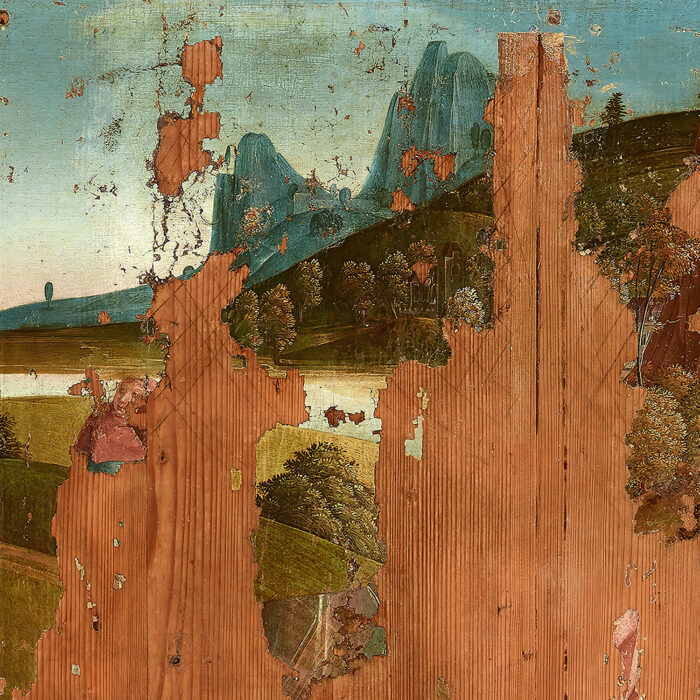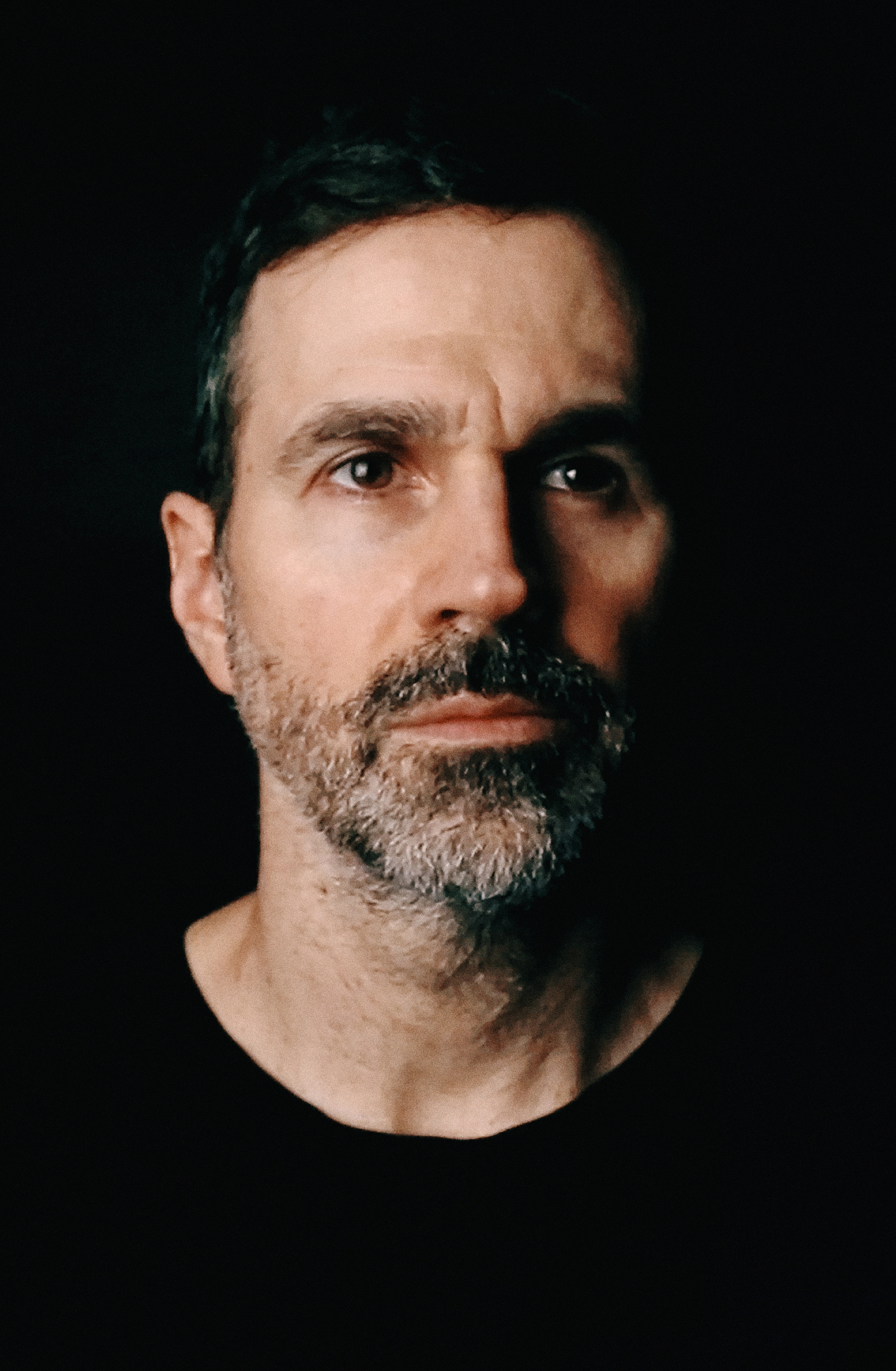After six years, composer Olivier Alary returns to LINE with Apparitions (Vol.1), an album exploring the idea of hauntology music for acoustic instruments. His previous album for LINE, the well-received Pieces for Sine Wave Oscillators (LINE_089), was released in 2017 and was on ‘Best of 2017’ lists for Experimedia and Lend Me Your Ears.
–
This album is the first volume of instrumental acoustic pieces centered around the idea of a musical representation of the spectrality of memory. My aim is to represent musically a spacewhere time collapses and our past collective memories haunt our minds, like a ghost. Inspired by hauntology music which relies on the intersections of memories and depicts musically how we are haunted by the past, my process consists of composing evocative pieces smeared by noisy instrumental techniques inspired by audio artifacts from defective recording technologies. (such as hiss / white noise, tape saturation, wow & flutter, glitches). By adding instrumental grime to the sound, my aim is to evoke a deeper meaning from the musical material of the pieces. It’s like a beautiful object that has been unearthed where dirt is an integral part of it and adds more beauty and poignancy as it becomes a trace of time passing.
This first volume of Apparitions features three pieces for three homogeneous music ensembles comprised of ‘Ellipses’, a viola trio, ‘Cendres’, a vibraphone and marimba quartet, and ‘Spectres’, a bassoon trio. For this album, the idea was to limit myself to acoustic instruments without using any electronic processes. Coming from an electronic music background, I decided to do a synthesis of the electronic studio composing techniques I’ve been using for years and translate them for acoustic instruments. This is why I chose to work with ensembles made up of multiple similar instruments played together in order to use psychoacoustic effects coming from the closeness of the timbres. This choice makes it possible to play on the timbral fusion of the instruments and to create sound illusions using instrumental superimpositions and other phase shifts of the musical material therefore mimicking very well electronic sound and processes.
‘Ellipses (for 3 violas)’, developed with choreographer Stefania Skoryna for a dance trio, was performed by violist Victor de Coninck. It is a piece in three movements that explores the idea of a gradual emergence of a ghostly musical discourse from a simple ellipting musical figure. In ‘Ellipses’, each viola has its specific role and its own temporality (so does each dancer). Throughout the piece, ghost-like figures emerge from noise, build and disappear back into the ether.
‘Cendres (for 4 vibraphones and marimba)’ was performed by Architek Percussion and aims to represent the idea of a memorial “spectral trace” in a sonic way. This phenomenon, observable during the process of recollection, is a “reduction” of the memory where only the most striking details of the lived experience resurface and predominate over the rest of the information which is buried and gradually disappears over the years. It is therefore these “spectral traces” or residues of memory, which often come back to haunt us and which make the memory “palpable.”
The last track on this volume is ‘Spectres (for 3 bassoons)’ was performed by Flavien Roger. This imagines the sound of a fictional tape recording, unearthed after a long period, where the dirt and the noise becomes an integral part of the music and coexists with the musical material. This is why I decided to use a lot of air leaking techniques, usually quite absent in bassoon playing, in order to mimic tape saturation and other audio artifacts of degraded tape.
Every piece was developed closely in conjunction with each group of musicians. My aim was to create acoustic distortion effects by pushing instrumental techniques in order to generate new instrumental approaches. Also, this exploration of “fragile” playing techniques, such as white noise, wind sounds and “pitch unsteadiness” (as well as their combination) aims to deconstruct notions of virtuosity as well as the idea of classical beauty. For me, an unstable, quavering, or breathless sound can be as evocative and touching as a more “classical” sound. This is why in the context of studio meetings with the various performers, there was often mention of the deconstruction, even the unlearning of classically trained playing habits.


